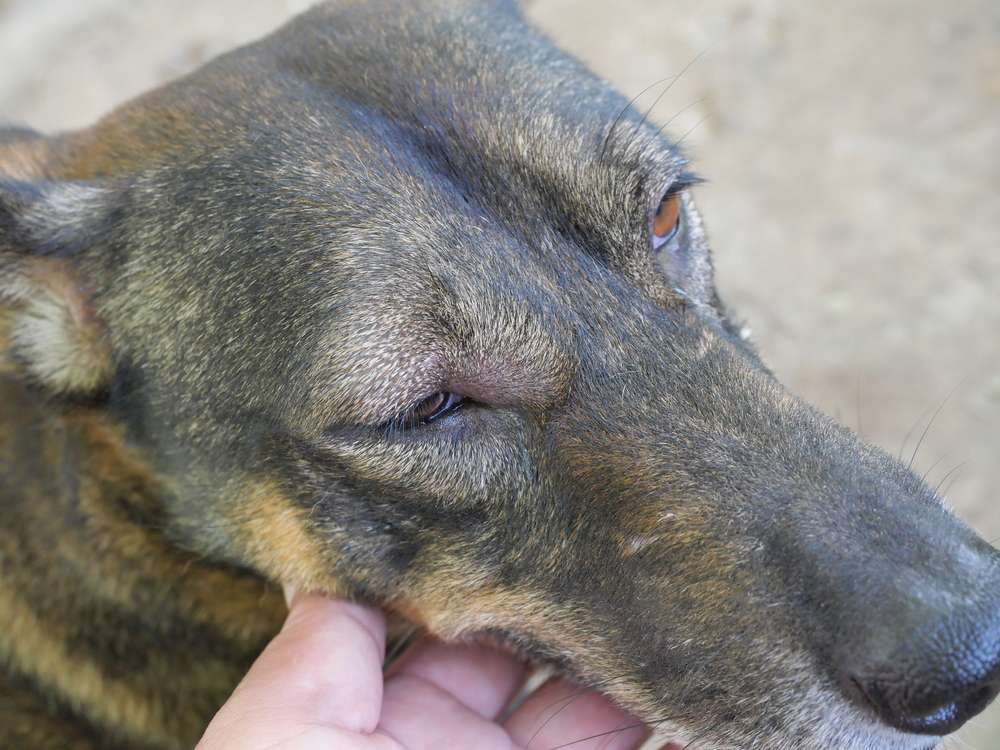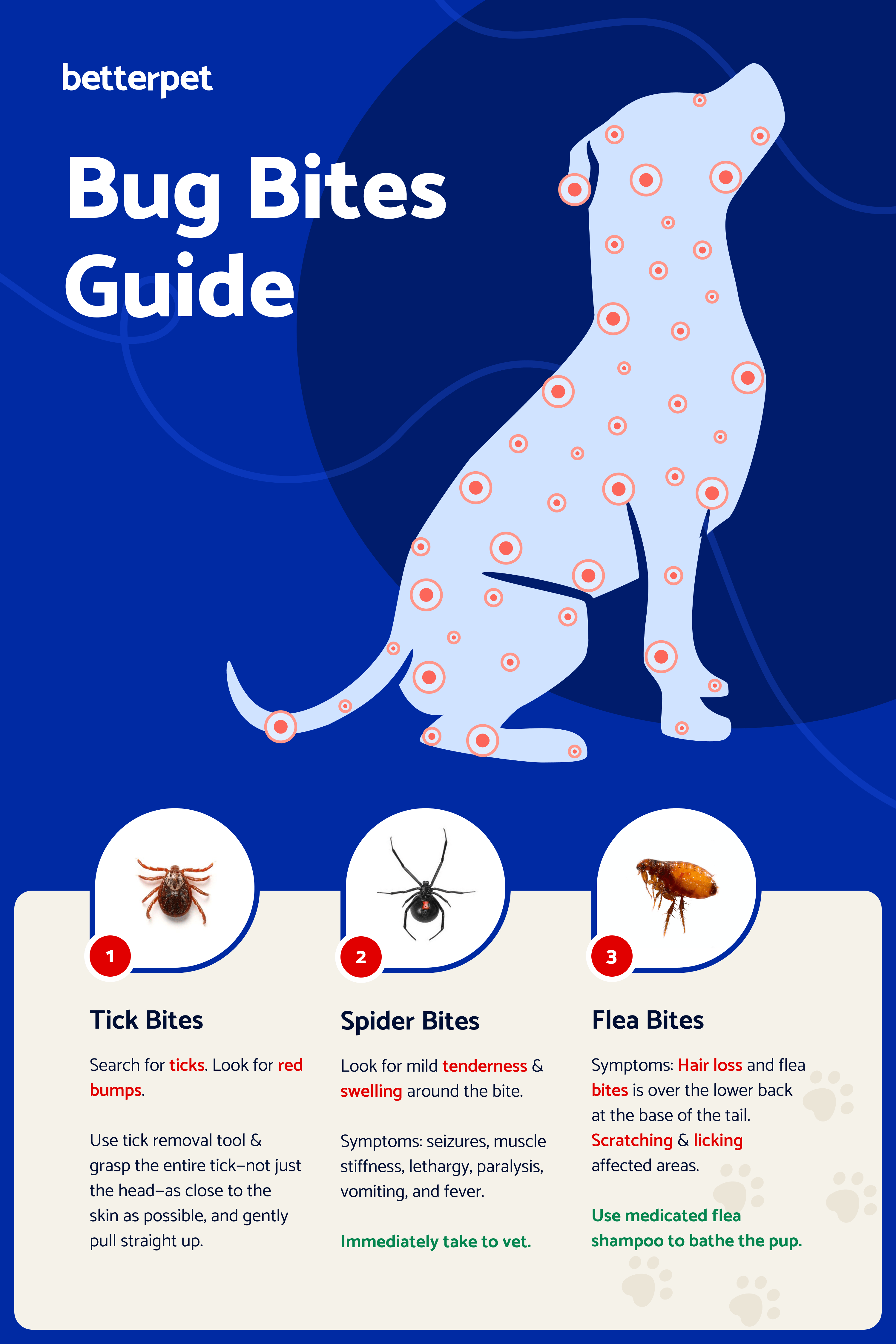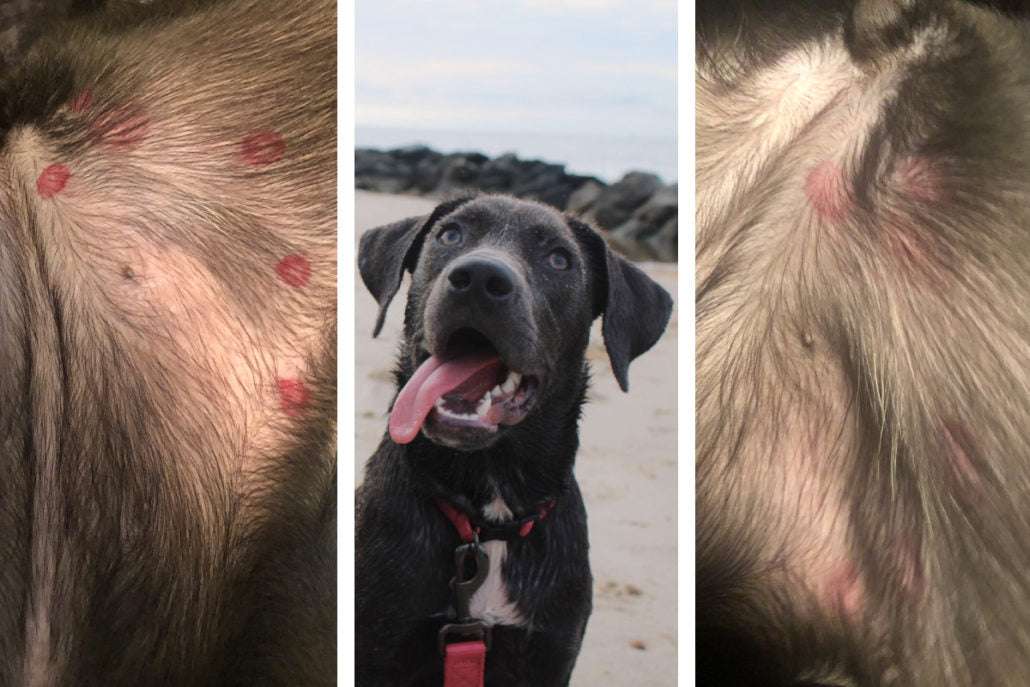Key Takeaways:
- Snake bites on dogs can be life-threatening and require immediate veterinary attention.
- Common signs of a snake bite in dogs include swelling, pain, bleeding, difficulty breathing, and weakness.
- It is crucial to keep dogs on a leash and avoid areas known for snake activity to prevent snake bites.
- If a dog gets bitten by a snake, it is important to remain calm and transport the dog to the nearest veterinary clinic as soon as possible.
- Avoid applying tourniquets or attempting to suck out venom from the bite site as these methods are ineffective and can cause further harm.
Are you a dog lover? If so, then understanding the dangers of snake bites on dogs is crucial for keeping your furry friend safe and healthy. Imagine the peace of mind that comes with knowing how to prevent and treat snake bites, ensuring your beloved pet can enjoy outdoor adventures without fear. In the United States alone, over 150,000 dogs are bitten by snakes every year. But don't worry, this guide will equip you with the knowledge and tools to protect your canine companion from these potentially life-threatening encounters. So let's dive in and explore everything you need to know about snake bites on dogs!
What are snake bites and how do they happen?
A snake bite occurs when a snake injects venom into a person or animal through its fangs. Snakes use their venom to capture prey or defend themselves. Snake bites can happen when a person or animal accidentally steps on or disturbs a snake, provoking it to bite in self-defense.
Snakes are found in various habitats such as forests, deserts, and grasslands. They may hide in tall grass, rocks, logs, or burrows. It's important to be cautious when exploring these areas to avoid encountering snakes.
Venomous and non-venomous snakes
Not all snakes are venomous. In fact, most snakes are harmless and their bites are not dangerous. However, there are some venomous snakes that can cause serious harm if they bite.
Common venomous snakes include:
- Rattlesnakes
- Copperheads
- Cottonmouths (also known as water moccasins)
- Coral snakes
Rattlesnakes: The danger of their bite
Rattlesnakes are one of the most common venomous snakes in North America. They have a distinctive rattle at the end of their tail that they use to warn potential threats. Their bites can cause severe pain, swelling, tissue damage, and even death if left untreated.
Copperheads: A common threat
Copperhead snakes are found primarily in the eastern and central United States. Their bites can cause pain, swelling, and tissue damage. While copperhead bites are rarely fatal for humans, they can still be dangerous for pets, including dogs.
Cottonmouths: A venomous water snake
Cottonmouths, also known as water moccasins, are venomous snakes found in southeastern and south-central United States. Their bites can cause pain, swelling, and tissue damage. These snakes are particularly dangerous because they often inhabit areas near water where people and pets may come into contact with them.
Coral snakes: The colorful but deadly snake
Coral snakes have brightly colored bands of red, yellow, and black or white. They are found in the southern United States and their bites can be very dangerous. Coral snake venom affects the nervous system and can cause paralysis if not treated promptly.
Common snakes that bite dogs
Snakes are found in various regions around the world, and some species can pose a threat to our furry friends. In North America, common snakes that may bite dogs include rattlesnakes, copperheads, and water moccasins. Rattlesnakes are known for their distinctive rattle sound and triangular-shaped heads. Copperheads have a distinct copper-colored head and hourglass-shaped markings on their bodies. Water moccasins, also known as cottonmouths, are semi-aquatic snakes often found near water sources.
Rattlesnakes
Rattlesnakes are venomous snakes that can be found in different habitats across North America. They have a unique warning mechanism - a rattle at the end of their tails that produces a buzzing sound when they feel threatened. Rattlesnake bites can cause severe pain, swelling, tissue damage, and even death if left untreated.
Copperheads
Copperheads are venomous pit vipers commonly found in wooded areas of North America. Their coloration helps them blend into their surroundings, making them difficult to spot. Copperhead bites can lead to localized swelling, pain, and tissue damage. While rarely fatal for dogs, it is essential to seek veterinary attention promptly.
Water Moccasins (Cottonmouths)
Water moccasins are venomous snakes primarily inhabiting southeastern parts of the United States. They are often found near bodies of water like swamps or marshes. Water moccasin bites can cause significant tissue damage and may result in symptoms such as swelling, pain, weakness, and difficulty breathing.
Signs of a snake bite in dogs
Dogs may exhibit various signs if they have been bitten by a snake. It is crucial to recognize these symptoms promptly to provide appropriate care. Common signs of a snake bite in dogs include:
Visible Bite Marks
If you notice two small puncture wounds on your dog's skin, it could be an indication of a snake bite. These marks may or may not be bleeding, depending on the severity of the bite.
Swelling and Pain
A snake bite can cause immediate swelling and pain around the affected area. The swelling may spread rapidly, and your dog might experience discomfort or tenderness when touched.
Lethargy and Weakness
Dogs bitten by snakes often show signs of lethargy, weakness, or reluctance to move. They may appear tired and have difficulty standing or walking.
Other possible signs:
- Vomiting or drooling excessively
- Difficulty breathing
- Tremors or muscle twitching
- Changes in heart rate
Immediate steps to take if your dog is bitten by a snake
If you suspect that your dog has been bitten by a snake, it is crucial to act quickly. Follow these immediate steps:
Keep Calm and Move Away from the Snake
Your safety is paramount. Ensure that you are at a safe distance from the snake before attending to your dog. Do not attempt to capture or kill the snake as this can put you at risk of being bitten as well.
Contact Your Veterinarian Immediately
Inform your veterinarian about the situation and follow their instructions carefully. They will provide guidance based on the severity of the bite and may advise you to bring your dog in for immediate treatment.
Keep Your Dog Calm and Restrained
Try to keep your dog as calm and still as possible. Restrict their movement to prevent the venom from spreading rapidly through their body. Carry them if necessary, avoiding any unnecessary physical exertion.
Determining the severity of a snake bite on a dog
The severity of a snake bite on a dog can vary depending on factors such as the type of snake, the amount of venom injected, and the size and health of the dog. It is essential to assess the situation carefully to determine the appropriate course of action:
Observe for Immediate Symptoms
Monitor your dog closely for any immediate signs of distress or severe symptoms mentioned earlier. These can indicate a more severe snakebite that requires immediate veterinary attention.
Consider Location and Swelling
If the bite occurred near vital organs or major blood vessels, it could be more dangerous. Additionally, rapid swelling around the bite area may suggest a more potent venom injection.
Note:
This section could benefit from a diagram illustrating different areas where snake bites can occur on a dog's body, highlighting potential risks associated with specific locations.
Preventing snake bites on dogs: Tips and tricks
While it's impossible to eliminate all risks, there are measures you can take to reduce the chances of your dog being bitten by a snake:
Avoid Snake-Prone Areas
Be aware of areas where snakes are commonly found, such as tall grass, rocky terrain, or near bodies of water. Keep your dog away from these areas during walks or outdoor activities.
Keep Your Yard Clean and Tidy
Regularly remove debris, piles of wood, or tall vegetation from your yard. Snakes may seek shelter in these areas, so keeping them clear reduces the likelihood of encounters.
Use Snake Repellents
Consider using snake repellents or natural deterrents around your property to discourage snakes from entering. However, always ensure that these products are safe for pets and follow the instructions carefully.
Note:
This section could benefit from a list of pet-safe snake repellent products or natural deterrents that can be used in yards.
In conclusion, snake bites can be very dangerous for dogs and can cause serious health problems. It is important for dog owners to be aware of the signs of a snake bite and seek immediate veterinary care to ensure their pet's safety and well-being.
https://www.youtube.com/watch?v=m1U509p4Bco&pp=ygUTU25ha2UgQml0ZXMgb24gRG9ncw%3D%3D
How can you tell if your dog has been snake bitten?
Common signs and symptoms of snake bites on dogs include lethargy, muscle tremors, shaking, reduced eye blinking, dilated pupils, and sudden weakness or wobbliness (ataxia). These symptoms may occur suddenly.
What does a snake bite look like on a dog?
Signs of a dog being bitten by a snake typically appear within 30 minutes of the bite, with a swollen muzzle being a distinct indication. The presence of dual puncture wounds may suggest fang marks, which can release red or reddish fluid. Swelling and localized discoloration may also occur over time.
Can a dog survive a snake bite without treatment?
One common question we are asked is whether a dog can survive a snake bite without treatment. Unfortunately, the answer is usually no. However, the speed at which they receive treatment is crucial for their recovery. There are various factors that determine how quickly symptoms appear and how long it takes for the bite to become fatal.
How long after a snake bite will a dog get sick?
Signs typically appear shortly after a bite, usually within minutes, but can take up to 25 hours. It is important to closely monitor animals that have been bitten for at least 25 hours. These animals may experience temporary symptoms like collapsing or vomiting immediately after the bite, followed by a seemingly quick recovery.
How do dogs act after a snake bite?
Snakebites from venomous snakes can cause intense pain. Some dogs may try to hide their pain, while others may cry and seek shelter. Often, dogs will vomit and experience diarrhea shortly after being bitten. Swelling can occur within minutes, followed by bruising.
What does a snake bite look like?
The signs and symptoms of a snake bite can vary depending on the specific species of snake, but they can include puncture marks at the site of the wound, redness, swelling, bruising, bleeding, or blistering around the bite, as well as severe pain and tenderness at the location of the bite.
















